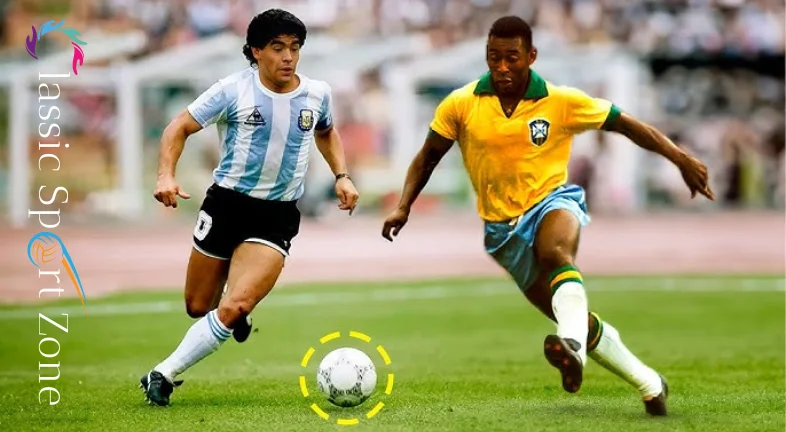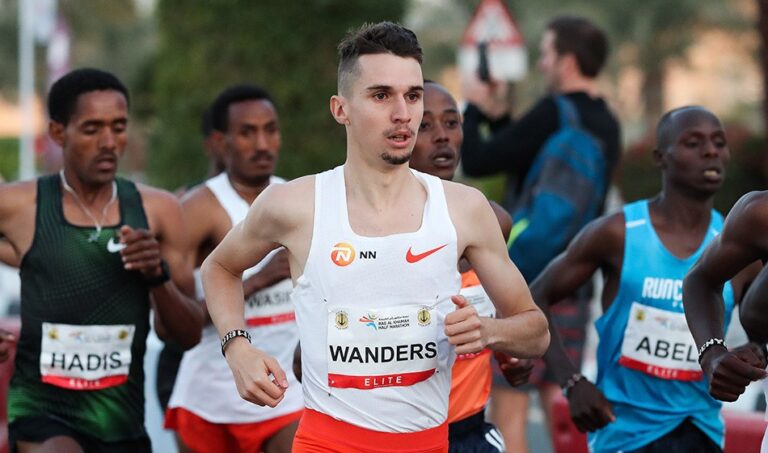
Welcome to the exhilarating world of football! Whether you’re a die-hard fan or just starting to explore the sport, this comprehensive guide will take you on a journey through the fascinating history, rules, players, and strategies of football. From the roar of the crowd to the thrill of a last-minute goal, football has captured the hearts of millions around the globe. So, grab your jersey and get ready to dive into the beautiful game!
A Brief History of Football
Football, also known as soccer in some parts of the world, traces its origins back to ancient times. The earliest forms of the game can be traced to China, Greece, and Rome, where kicking a ball around was a popular pastime. However, it wasn’t until the 19th century that football began to take its modern form.
In 1863, the Football Association (FA) was formed in England, laying down the first official rules of the game. From there, football spread like wildfire, captivating players and fans across Europe and beyond. Today, it is the most popular sport in the world, with billions of fans tuning in to watch matches every year.
The Basics: Rules and Regulations
Football is played between two teams of eleven players, each aiming to score goals by kicking the ball into the opposing team’s net. The game is played in two halves, typically lasting 45 minutes each, with a halftime break in between.
Players are not allowed to use their hands or arms to control the ball (except for the goalkeeper within their penalty area). Instead, they use their feet, head, or torso to pass, dribble, and shoot the ball. Fouls are penalized by free kicks, penalties, or yellow and red cards, depending on the severity of the infraction.
Positions and Player Roles
Football teams are made up of players with specific positions and roles on the field. These positions include:
- Goalkeeper: The last line of defense, responsible for preventing the opposing team from scoring goals.
- Defenders: Positioned in front of the goalkeeper, defenders aim to stop the opposing team’s attacks and regain possession of the ball.
- Midfielders: Positioned in the middle of the field, midfielders play a crucial role in both attacking and defending, linking up play between defense and attack.
- Forwards: Also known as strikers, forwards are responsible for scoring goals and putting pressure on the opposing team’s defense.
Skills and Techniques
Football is a game of skill, requiring players to master a range of techniques to excel on the field. Some essential skills include:
- Dribbling: Moving the ball past opponents while maintaining control.
- Passing: Distributing the ball accurately to teammates to maintain possession and create scoring opportunities.
- Shooting: Striking the ball with power and precision to score goals.
- Tackling: Dispossessing opponents and winning back possession of the ball.

Famous Players and Legends
Football has produced countless legends who have left an indelible mark on the sport. From Pele and Diego Maradona to Lionel Messi and Cristiano Ronaldo, these players have dazzled fans with their skill, athleticism, and passion for the game. Their contributions to football have helped shape the sport into what it is today.
Strategies and Tactics
Football is not just about individual brilliance; it’s also about teamwork and strategy. Coaches employ various tactics to outsmart their opponents and gain a competitive edge. From formations and pressing to counterattacks and set pieces, every aspect of the game is meticulously planned and executed on the field.
Major Tournaments and Events
Football fans have plenty to look forward to throughout the year, with a calendar packed full of exciting tournaments and events. From the FIFA World Cup and UEFA European Championship to domestic leagues like the English Premier League and Spanish La Liga, there’s no shortage of thrilling action on the pitch.
The Impact of Football on Society
Beyond the pitch, football has a profound impact on society, bringing people together and transcending cultural, racial, and political divides. From grassroots initiatives to international charity projects, football has the power to inspire positive change and make a difference in people’s lives.

Epilogue
Football is more than just a game; it’s a way of life for millions of people around the world. Whether you’re playing with friends in the park or cheering on your favorite team from the stands, the spirit of football unites us all in a shared love for the beautiful game.
Conclusion
In conclusion, football is a sport like no other, combining skill, passion, and teamwork to create moments of magic on the field. From its humble beginnings to its status as the world’s most popular sport, football continues to captivate and inspire fans of all ages. So, lace up your boots, grab a ball, and join the millions of people who celebrate the joy of football every day.
FAQs
What are the dimensions of a football pitch?
The dimensions of a football pitch can vary, but according to FIFA regulations, the length should be between 100 and 110 meters (110 to 120 yards), and the width should be between 64 and 75 meters (70 to 80 yards).
How are offside rules enforced in football?
Offside is a rule designed to prevent players from gaining an unfair advantage by positioning themselves closer to the opponent’s goal line than both the ball and the second-last opponent at the moment the ball is played to them. If a player is deemed offside by the match officials, the opposing team is awarded a free kick.
What is the significance of the yellow and red cards in football?
Yellow and red cards are used by referees to discipline players for misconduct on the field. A yellow card is a warning, typically given for fouls or unsporting behavior. If a player receives a second yellow card in the same match, they are shown a red card and must leave the field, resulting in their team playing with one fewer player for the remainder of the game.
How is the FIFA World Cup winner determined in case of a tie?
In the FIFA World Cup, if a knockout stage match ends in a tie after regular time, two additional periods of 15 minutes each (known as extra time) are played. If the score remains tied after extra time, the match is decided by a penalty shootout, where each team takes turns attempting penalty kicks from the penalty mark. The team with the most goals at the end of the shootout is declared the winner.
What is the role of VAR (Video Assistant Referee) in modern football?
VAR, or Video Assistant Referee, is a technology used to assist match officials in making decisions during football matches. It allows referees to review certain incidents, such as goals, penalties, red card offenses, and cases of mistaken identity, by watching video replays. The aim of VAR is to help ensure fair and accurate officiating by providing additional information to the on-field referees.









1 thought on “The Complete Guide to Football: Everything You Need to Know”